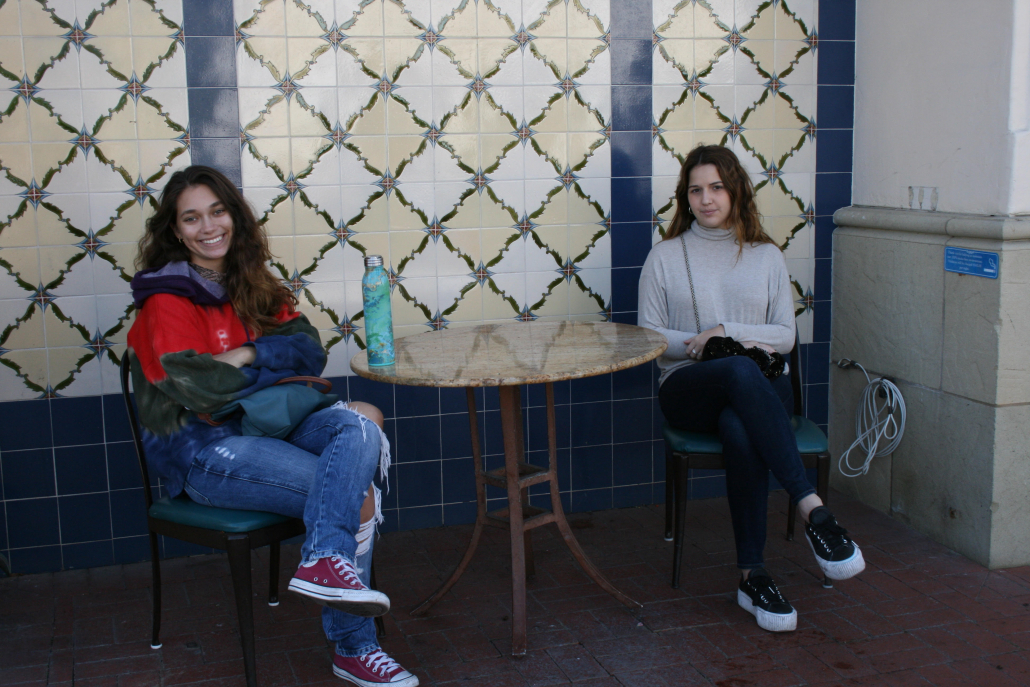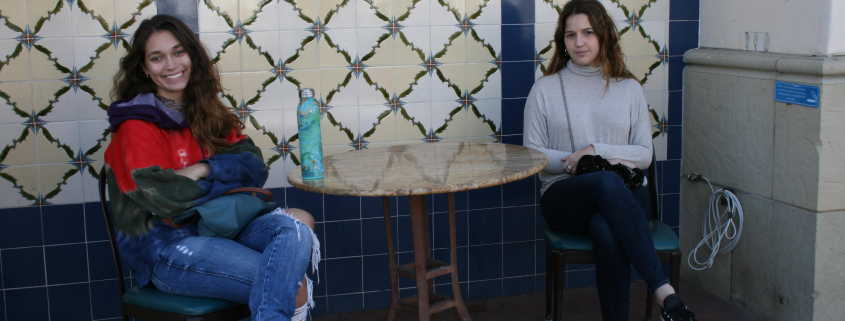Sustainability center starts Undergraduate fellowship

A joint collaboration between the Viterbi School of Engineering and the Sol Price School of Public Policy, the USC Center for Sustainability Solutions aims to find ecological solutions for the community. In 2020, the center initiated the Undergraduate Sustainability Grand Challenge Fellowship Program.
The program invites all undergraduate students to participate in the challenge of finding sustainability solutions with the fellowship and includes a monetary award as support for their research.
“The goal of the center is to come up with Grand Challenge solutions to sustainability,” CSS Co-Director Mahta Moghaddam said. “So these would be not just engineering solutions, not just public policy solutions, but the intersection of the technological type solutions that are adoptable from a public policy perspective and are viable.”
Many undergraduates have partnered up to compete for this one-year fellowship that is renewable for up to three years. The winners will receive up to $5,000 to continue the research and implementation of their sustainability solution. The award, can either be a $3,000 award for the academic year or a $2,000 award for the summer. The deadline for the proposals is July 1.
The proposals must be a maximum of five pages with multiple technical sections which include the introduction, the problem and the objectives, the approach, expected significance and the plan of work and milestones, where students have to show that their project will require a whole year or the summer to research and work on.
The fellowship’s application process not only includes a proposal for a field project research for sustainability but also allows for innovation and creativity, Moghaddam said.
“We want to leave it wide open because we really believe that our undergraduates are brilliant, and they are very resourceful,” Moghaddam said. “They are in touch with the needs of society now, and they’re the force of the future. So we would really want to leave it open for them to come up with very creative ideas and to engage faculty in those ideas.”
Two students currently applying for the fellowship are rising juniors Sandra Maestre, who is majoring in architecture, and Camila Rojas, who is majoring in industrial and systems engineering. When Maestre received an email from the School of Architecture that introduced her to the fellowship, she reached out to Rojas and they began working on pursuing the fellowship together.
Maestre and Rojas are interested in urbanization and their goal, if they win the fellowship, is to first implement their proposed solution in Skid Row to see if it works there. If successful, it can make the “tweaks of what is necessary within that community.” Rojas said they plan to apply it to other communities, and possibly around the United States.
“I’ve always wanted to help people through architecture and what we’re doing is related to design,” Maestre said. “I just feel like finally everything I’ve been studying, since I was born, would be a real impact that I can see, and I think that’d just be amazing.”
While students work to win the fellowship, Rojas said they like the fact that they can help the community and look forward to the work that will await them if they land this opportunity.
“I think I would feel honored to win, especially since it’s such a competitive program,” Rojas said. “But most of all, not only honored by the work that we will put forth, but I would also feel great to be able to give something to the community.”
The process also requires students to include two different schools’ perspectives in their proposal, such as engineering and public policy, Moghaddam said. Students are expected to reach out to faculty members before they submit their proposals through the CSS webpage.
One of Maestre and Rojas’ mentors is assistant professor of architecture Bhavna Sharma, who has helped and guided them with their project. Sharma said the challenge is to think about an idea and to develop it into a solution that would allow them to work on it over the whole academic year or summer.
“I think that students are fantastic to work with because they come up with out-of-the-box solutions to grand challenges,” Sharma said.
Sharma encourages students to apply for the program.
“To think big and to come up with ideas for solutions or for challenges that they see and even the process of applying for the fellowship is experience,” Sharma said. “So even if they are not to be funded, they should take away that effort as additional skills that they’ve gained.”
This year, the fellowship will begin Aug. 16. While the application is currently open only to undergraduate students, Moghaddam said they hope to expand in the near future.
“We felt that to kickstart the program, we first want to make sure that the undergraduates are involved as well,” Moghaddam said. “So once we have that mechanism going, then in future years we would absolutely like to expand the program to graduate students as well.”

